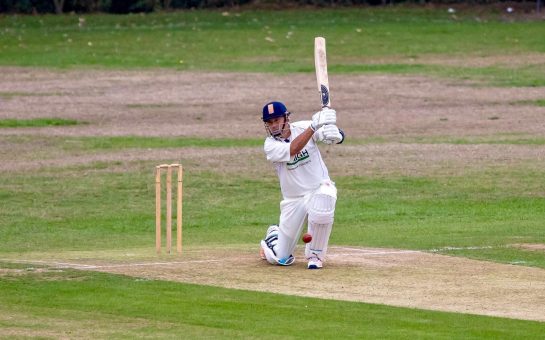The Ashes are the pinnacle for English and Australian cricket.
Forget the World Cups or T20 franchises, every young aspiring cricketer dreams of representing his country in the biggest clash of the cricketing calendar.
The Ashes are contested over a five-match series, each test match lasting a maximum of five days.
Whichever team secures the most victories also secures the Ashes, in the case of a drawn series whoever currently holds the Ashes regains them.
This is good news for England as they won the last series, in England, 3-2. Therefore a draw down under will see them bring home the urn and with Joe Root’s men already in Australia preparing for the current series, here’s a look at how the legend began.
THE DEATH OF ENGLISH CRICKET
England played the first ever Test match against Australia, at that time still a colonial expansion of Great Britain, in 1877.
The Ashes legend, however, started later when the Australians toured England in 1882 playing only one test match, at The Oval in London.
It was a low-scoring affair with Australia making just 63 runs in its first innings, and England, barely scraping to a 38-run lead with a total of 101.
Hugh Massie scored an impressive 55 off 60 balls in Australia’s second innings but they still only managed 122.
With England needing only 85 runs, their win was all but assured.
However, in the third innings English champion W G Grace had controversially run out Australian batsman Sam Jones, when he was clearly not trying to complete a run.
This lit the fire in the Australians who were determined to pull off an unlikely victory.
Before they took the field for the final innings Fred ‘The Demon’ Spofforth guaranteed his Australian teammates that ‘this thing can be done’.
Grace’s legendary batting led England to reduce the winning total to 34 with seven wickets still in hand.
Yet the game changed when Grace was out, triggering one of the most famous collapses in cricketing history.
Ted Peate, England’s last batsman, came to the crease needing just ten runs to win but only managed two before he was bowled by Harry Boyle.
An astonished Oval crowd fell silent, struggling to believe that England could possibly have lost to a colony.
It was Australia’s first victory over the full strength of England away from home, and it inspired a young journalist, Reginald Shirley Brooks, to write, in the Sporting Times, the “obituary” of English Cricket.
“In affectionate remembrance of English cricket which died at The Oval, 29th August, 1882. Deeply lamented by a large circle of sorrowing friends and acquaintances, RIP. NB The body will be cremated and the Ashes taken to Australia.”
THE BIRTH OF THE URN
Three weeks later England under Ivo Bligh’s captaincy set out for Australia with the now popular objective of recovering the Ashes.
Australia won the first Test by nine wickets, but with England winning the next two it was widely accepted that they brought back the Ashes.
It is rumoured that following the third test a small urn thought to contain the ashes of a bail used in the match was presented to Bligh by a group of Melbourne women.
This modest gift to Bligh has become a cricketing icon and The Ashes urn remained with him until his death in 1927 when gifted it to Marylebone Cricket Club (MCC).
The urn itself it has never officially been considered a trophy, but in the eyes of cricket fans it is physical representation of the mythical ‘ashes’.
Despite originating in Australia, it has only returned for the 1988 Bicentennial celebrations and it is now one of sport’s most celebrated artefacts and attracts 50,000 visitors a year to its home in the MCC museum.
A replica of the original was eventually made, which now serves as the trophy for the winner of the most intensely contested cricketing series.
ULTIMATE SUCCESS
This time around though, there is a lot on the line for Root and his men.
They aren’t just competing for a replicated trophy but for a place in the ever-growing history of the Ashes.
England have only beaten Australia in Australia four times since 1954 and to do so again would cement the team’s place in history.
However, there are some gaps in the batting line up, England don’t have a world class spinner and their superstar all-rounder Ben Stokes won’t be playing either.
It will be a tough ask and a hard-fought contest, as all Ashes series are, yet if England do pull off a miracle they will undoubtedly etch themselves into the Ashes legend.
In the words of Sir Ian Botham: “To win in Australia, for me, has to be the ultimate success.”
Image courtesy of Lord’s Cricket Ground via Youtube, with thanks.



